Mediating Perception and Participation: Abstract Urban Sculptures in Augmented Reality (AR) and Web3 Environments for Socially Sustainable Design
Abstract
1. Introduction
2. Theoretical Background
2.1. Participation and Art in Public Spaces
2.2. Render, Augmented Reality and Web3: Visual Representation of Digital Art
2.3. Research Gap and Objectives
3. Materials and Methods
3.1. Algorithmic Generation of Minimal Networks and Surface Envelopes Using a Pseudo-Steiner Algorithm
- Total Points
- Area
- Distance Dispersion
- Complexity (Projected Intersections Index)
- Elevation Dispersion
3.2. Types of Visual Representation
3.3. Survey Design
3.4. Regression Model Development
4. Results
4.1. Survey Results
4.2. Feature Analysis Based on Regression Model
4.2.1. Render Vote Prediction Model
4.2.2. Augmented Reality Vote Prediction Model
4.2.3. NFT Vote Prediction Model
5. Discussion
5.1. Theoretical Contribution: Representation as an Active Parameter in Participatory Evaluation
5.2. Comparative Participation Outcomes Across Platforms
5.3. Effects of Visualization Conditions and Environmental Factors
- Technological factors: Augmented Reality functionality was restricted to users with iOS devices and sufficient available storage space, thus significantly narrowing the potential participant pool. This technical dependency reveals ongoing accessibility constraints, as effective interaction with Augmented Reality environments often presupposes prior familiarity with digital tools and adequate technological infrastructure. Similar challenges have been identified in previous research on the implementation of mixed reality systems in participatory and educational settings, indicating that such technical prerequisites can restrict broader and more inclusive involvement [80].
- Environmental factors: The viewing environment—whether interior or exterior, natural or built, under varying lighting conditions—exerted a considerable influence on the perception of the Augmented Reality sculpture. Although participants were advised to view the objects outdoors, many likely did not do so, given the additional effort required, which further limited the quality and consistency of feedback.
- Aesthetic factors: While Augmented Reality presentations offer the most realistic approximation of real-world spatial perception, their quality depends heavily on user behavior and device conditions. Unlike renderings and NFTs, which are carefully curated and compositionally controlled, Augmented Reality experiences are contingent upon individual user settings and physical surroundings, leading to a high degree of variability in evaluative responses.
5.4. Implications for Design Competitions and Future Research
- The findings of this study underscore the necessity of reconsidering the conventional assumption that the visual format of submission materials is merely representational and does not directly impact the evaluation process. Instead, the results demonstrate that representational modalities function as active frameworks that shape audience composition, perception, and decision-making criteria. Therefore, the choice of visualization format in public architectural or art competitions cannot be treated as a neutral technical decision, but rather as a design parameter that influences the legitimacy, inclusiveness, and interpretive depth of participatory outcomes.
- For competition organizers, this presents a practical implication: the selection of representational media should be aligned with the intended public. If the aim is broad and non-specialist participation, platforms requiring high levels of digital literacy—such as Augmented Reality or NFT—may inadvertently restrict accessibility. Conversely, if the objective is to invite engagement from technologically experienced or digitally native audiences, emerging visualization technologies may expand both the depth and nuance of the evaluative process. Thus, decisions regarding representation should be considered as strategic rather than auxiliary.
6. Conclusions
Author Contributions
Funding
Institutional Review Board Statement
Informed Consent Statement
Data Availability Statement
Acknowledgments
Conflicts of Interest
Appendix A
| ID | NFT NAME | Total Points | Total Faces | Area | Distance Dispersion | Projected Intersections/Complexity | Projected Intersections/Complexity | Elevation Dispersion | Votes NFT | Votes NFT % | Votes Render | Votes Render % | Votes AR | Votes AR % |
| number of interesctions + 1 | Complexity = (Ip + 1) + (Imax + 1) Ip-number of intersections Imax = maximal number of intersectiions in a group (same parameters as previous column) | 208 | 63 | 33 | ||||||||||
| 0 | URBS #1 | 7 | 19,200 | 706,401 | 180 | 1 | 0.333 | 211.88304 | 147 | 70.67 | 33 | 52.38 | 32 | 96.97 |
| 1 | URBS #2 | 5 | 12,800 | 448,753 | 131 | 1 | 0.333 | 225.395003 | 79 | 37.98 | 29 | 46.03 | 11 | 33.33 |
| 5 | URBS #3 | 6 | 16,000 | 553,686 | 136 | 2 | 0.667 | 226.362868 | 92 | 44.23 | 35 | 55.56 | 11 | 33.33 |
| 6 | URBS #4 | 6 | 16,000 | 473,728 | 68 | 1 | 0.333 | 226.362868 | 74 | 35.58 | 38 | 60.32 | 26 | 78.79 |
| 7 | URBS #5 | 5 | 12,800 | 441,070 | 95 | 2 | 0.667 | 221.618818 | 72 | 34.62 | 29 | 46.03 | 17 | 51.52 |
| 13 | URBS #6 | 4 | 9600 | 309,805 | 129 | 1 | 0.333 | 223.408521 | 70 | 33.65 | 35 | 55.56 | 10 | 30.30 |
| 20 | URBS #7 | 7 | 19,200 | 611,470 | 170 | 1 | 0.333 | 176.320116 | 71 | 34.13 | 45 | 71.43 | 19 | 57.58 |
| 23 | URBS #8 | 6 | 16,000 | 493,242 | 148 | 3 | 1 | 215.245909 | 70 | 33.65 | 34 | 53.97 | 15 | 45.45 |
| 30 | URBS #9 | 5 | 12,800 | 337,135 | 173 | 2 | 0.667 | 168.327149 | 77 | 37.02 | 21 | 33.33 | 23 | 69.70 |
References
- Mehan, A.; Soflaei, F. Social Sustainability in Urban Context: Concepts, Definitions, and Principles. In Architectural Research Addressing Societal Challenges, 1st ed.; da Costa, M.J.R.C., Roseta, F., da Costa, S.C., Lages, J.P., Eds.; CRC Press: London, UK, 2017; Volume 1, pp. 293–300. [Google Scholar]
- Lami, I.M.; Mecca, B. Assessing social sustainability for achieving sustainable architecture. Sustainability 2021, 13, 142. [Google Scholar] [CrossRef]
- Mirzoev, T.; Tull, K.I.; Winn, N.; Mir, G.; King, N.V.; Wright, J.M.; Gong, Y.Y. Systematic review of the role of social inclusion within sustainable urban developments. Int. J. Sustain. Dev. World Ecol. 2022, 29, 3–17. [Google Scholar] [CrossRef]
- Chen, T.; Gil-Garcia, J.R.; Gasco-Hernandez, M. Understanding social sustainability for smart cities: The importance of inclusion, equity, and citizen participation as both inputs and long-term outcomes. J. Smart Cities Soc. 2022, 1, 135–148. [Google Scholar] [CrossRef]
- Đurić, I.; Medić, S.; Ecet, D.; Grgić, S.; Jeličić, J.A. Enhancing public space experiences: Evaluating perception of digital and digitized sculptures in augmented reality. Appl. Sci. 2025, 15, 870. [Google Scholar] [CrossRef]
- Young, T.; Marshall, M.T. An investigation of the use of augmented reality in public art. Multimodal Technol. Interact. 2023, 7, 89. [Google Scholar] [CrossRef]
- Clarke, R.E. Merging Spaces: Augmented Reality, Temporary Public Art, and the Reinvention of Site. In Augmented Reality Art: From an Emerging Technology to a Novel Creative Medium, 3rd ed.; Geroimenko, V., Ed.; Springer International Publishing: Berlin/Heidelberg, Germany, 2022; pp. 129–156. [Google Scholar]
- Rathor, S.; Zhang, M.; Im, T. Web 3.0 and sustainability: Challenges and research opportunities. Sustainability 2023, 15, 15126. [Google Scholar] [CrossRef]
- Özeren, Ö.; Qurraie, B.S.; Eraslan, M.H. Preserving cultural heritage with digital design and NFT technologies: Innovative approaches in architectural education. DEPARCH J. Des. Plan. Aesthet. Res. 2024, 3, 161–175. [Google Scholar] [CrossRef]
- Segedinac, G.; Reba, D. Crowdsourcing in participatory planning: Online platforms as participative ecosystems. Facta Univ. Ser. Archit. Civ. Eng. 2019, 17, 81–91. [Google Scholar] [CrossRef]
- Brazil, M.; Graham, R.L.; Thomas, D.A.; Zachariasen, M. On the History of the Euclidean Steiner Tree Problem. Arch. Hist. Exact Sci. 2013, 67, 625–658. [Google Scholar] [CrossRef]
- Rinehart, R.; Ippolito, J. Re-Collection: Art, New Media, and Social Memory, 1st ed.; MIT Press: Cambridge, MA, USA, 2022. [Google Scholar]
- Caetano, I.; Santos, L.; Leitão, A. Computational design in architecture: Defining parametric, generative, and algorithmic design. Front. Archit. Res. 2020, 9, 287–300. [Google Scholar] [CrossRef]
- Pløger, J. Politics, planning, and ruling: The art of taming public participation. Int. Plan. Stud. 2021, 26, 426–440. [Google Scholar] [CrossRef]
- Fung, A. Putting the Public Back into Governance: The Challenges of Citizen Participation and Its Future. Public Adm. Rev. 2015, 75, 513–522. [Google Scholar] [CrossRef]
- Mansuri, G.; Rao, V. Localizing Development: Does Participation Work? 1st ed.; International Bank for Reconstruction and Development/The World Bank: Washington, DC, USA, 2012. [Google Scholar]
- Lami, I.M.; Moroni, S. How Can I Help You? Questioning the Role of Evaluation Techniques in Democratic Decision-Making Processes. Sustainability 2020, 12, 8568. [Google Scholar] [CrossRef]
- Mérida, J.; Francés, F. We are more, but we understand each other less. Progress and constraints of PB as a strategy for democratic deepening in the emergence of ‘new municipalism’. Contemp. Politics 2025, 1–16. [Google Scholar] [CrossRef]
- Kim, S.; Kwon, H.-A. Urban Sustainability through Public Architecture. Sustainability 2018, 10, 1249. [Google Scholar] [CrossRef]
- Sierra, L.A.; Yepes, V.; Pellicer, E. A review of multi-criteria assessment of the social sustainability of infrastructures. J. Clean. Prod. 2018, 187, 496–513. [Google Scholar] [CrossRef]
- Santi, G.; Leporelli, E.; Di Sivo, M. Improving Sustainability in Architectural Research: Biopsychosocial Requirements in the Design of Urban Spaces. Sustainability 2019, 11, 1585. [Google Scholar] [CrossRef]
- Chan, E.; Lee, G.K. Critical factors for improving social sustainability of urban renewal projects. Soc. Indic. Res. 2008, 85, 243–256. [Google Scholar] [CrossRef]
- Erfani, G.; Roe, M. Institutional stakeholder participation in urban redevelopment in Tehran: An evaluation of decisions and actions. Land Use Policy 2020, 91, 104367. [Google Scholar] [CrossRef]
- Paul, C. Digital Art, 4th ed.; Thames & Hudson: London, UK, 2023. [Google Scholar]
- Korkut, E.H.; Surer, E. Visualization in virtual reality: A systematic review. Virtual Real. 2023, 27, 1447–1480. [Google Scholar] [CrossRef]
- Vital, R.; Sylaiou, S.; Koukopoulos, D.; Koukoulis, K.; Dafiotis, P.; Fidas, C. Comparison of extended reality platforms and tools for viewing and exhibiting art. Digit. Appl. Archaeol. Cult. Herit. 2023, 31, e00298. [Google Scholar] [CrossRef]
- Russo, M. AR in the Architecture Domain: State of the Art. Appl. Sci. 2021, 11, 6800. [Google Scholar] [CrossRef]
- Kensek, K.; Noble, D.; Schiler, M.; Tripathi, A. Augmented Reality: An Application for Architecture. In Computing in Civil and Building Engineering, 1st ed.; Fruchter, R., Peña-Mora, F., Roddis, W.K., Eds.; American Society of Civil Engineers: Reston, VA, USA, 2000; pp. 294–301. [Google Scholar]
- Chi, H.L.; Kang, S.C.; Wang, X. Research trends and opportunities of augmented reality applications in architecture, engineering, and construction. Autom. Constr. 2013, 33, 116–122. [Google Scholar] [CrossRef]
- Broschart, D.; Zeile, P. Architecture: Augmented reality in architecture and urban planning. Peer Rev. Proc. Digit. Landsc. Archit. 2015, 111–118. Available online: https://gispoint.de/fileadmin/user_upload/paper_gis_open/537555011.pdf (accessed on 12 October 2025).
- Hajirasouli, A.; Banihashemi, S. Augmented reality in architecture and construction education: State of the field and opportunities. Int. J. Educ. Technol. High. Educ. 2022, 19, 39. [Google Scholar] [CrossRef]
- de Freitas, M.R.; Ruschel, R.C. What Is Happening to Virtual and Augmented Reality Applied to Architecture. In Open Systems, Proceedings of the 18th International Conference on Computer-Aided Architectural Design Research in Asia (CAADRIA 2013), Singapore, 15–18 May 2013, 1st ed.; Stouffs, R., Janssen, P., Roudavski, S., Tunçer, B., Eds.; The Association for Computer-Aided Architectural Design Research in Asia (CAADRIA): Hong Kong, China; Center for Advanced Studies in Architecture (CASA): Singapore, 2013; Volume 1, pp. 407–417. [Google Scholar]
- Gong, Z.; Wang, R.; Xia, G. Augmented reality (AR) as a tool for engaging museum experience: A case study on Chinese art pieces. Digital 2022, 2, 33–45. [Google Scholar] [CrossRef]
- Thomopoulos, S.C. Visualization of Digital Cultural Experiences through VR and AR. In Heritage: New Paradigm; BoD—Books on Demand: Norderstedt, Germany, 2022; p. 271. [Google Scholar]
- Architizer. Available online: https://architizer.com/blog/inspiration/industry/nfts-architecture (accessed on 12 October 2025).
- Chen, H.; Duan, H.; Abdallah, M.; Zhu, Y.; Wen, Y.; Saddik, A.E.; Cai, W. Web3 Metaverse: State-of-the-art and vision. ACM Trans. Multimed. Comput. Commun. Appl. 2023, 20, 1–42. [Google Scholar] [CrossRef]
- Guan, M.Y.; Li, J.; Hu, J.; Gu, Z.; Wang, Y.; Lu, Z.; Wang, K.Y. From digital art to crypto art: The evolution of art brought by NFT. Int. J. Hum. Comput. Interact. 2025, 41, 7384–7403. [Google Scholar] [CrossRef]
- Aytas, M.; Karaviran, C. Looking at NFT Art Through the Eyes of Virtual Communities: A Netnographic Analysis. SAGE Open 2025, 15, 21582440241311348. [Google Scholar] [CrossRef]
- Poposki, Z. Crypto-aesthetics: Towards a New Materialist theory of NFT art. J. Vis. Art Pract. 2024, 1–18. [Google Scholar] [CrossRef]
- Spyrou, O.; Hurst, W.; Krampe, C. Minting the future of art: A comprehensive overview of non-fungible tokens in the art metaverse. Arts Mark. 2025. ahead of print. [Google Scholar] [CrossRef]
- Hurst, W.; Spyrou, O.; Tekinerdogan, B.; Krampe, C. Digital art and the metaverse: Benefits and challenges. Future Internet 2023, 15, 188. [Google Scholar] [CrossRef]
- Cheng, Y.; Chen, J.; Li, J.; Li, L.; Hou, G.; Xiao, X. Research on the Preference of Public Art Design in Urban Landscapes: Evidence from an Event-Related Potential Study. Land 2023, 12, 1883. [Google Scholar] [CrossRef]
- Anderson, J.; Baldwin, C. Building Well-Being: Neighbourhood Flourishing and Approaches for Participatory Urban Design Intervention. In Handbook of Community Well-Being Research, 1st ed.; Phillips, R., Wong, C., Eds.; Springer Dordrecht: Dordrecht, The Netherlands, 2016; pp. 313–337. [Google Scholar]
- Bakar, A.A.; Osman, M.M.; Bachok, S.; Ibrahim, M.; Mohamed, M.Z. Modelling economic wellbeing and social wellbeing for sustainability: A theoretical concept. Procedia Environ. Sci. 2015, 28, 286–296. [Google Scholar] [CrossRef]
- Chen, S.; Fu, K.; Yang, B.; Lian, X. Using light art installation in urban nightscapes to raise public awareness of carbon neutrality. Sci. Commun. 2023, 45, 414–427. [Google Scholar] [CrossRef]
- Hall, T.; Robertson, I. Public Art and Urban Regeneration: Advocacy, claims and critical debates. Landsc. Res. 2001, 26, 5–26. [Google Scholar] [CrossRef]
- Landau-Donnelly, F. The political difference of public art: Exploring contested murals in Vancouver’s Chinatown. Soc. Cult. Geogr. 2025, 26, 895–919. [Google Scholar] [CrossRef]
- Davison, G.; Freestone, R. Architectural design competitions: The effects of competition format on design processes and outcomes. J. Archit. 2023, 28, 825–846. [Google Scholar] [CrossRef]
- Faragallah, R.N. Architectural Competitions: An Innovative Tool for Developing Architecture Education and Professional Practice. Fayoum Univ. J. Eng. 2024, 7, 91–106. [Google Scholar] [CrossRef]
- Adamczyk, G.; Chupin, J.; Bilodeau, D.; Cormier, A. Architectural competitions and new reflexive practices. In Proceedings of the 2004 Joint EAAE-ARCC 2004 International Conference “Between Research and Practice”, Dublin, Ireland, 4–8 June 2004. [Google Scholar]
- Kazemian, R.; Rönn, M. Finnish architectural competitions: Structure, criteria and judgement process. Build. Res. Inf. 2009, 37, 176–186. [Google Scholar] [CrossRef]
- Gradnja.rs. Available online: https://www.gradnja.rs/novi-sad-instalacija-collab-tape-numen-for-use (accessed on 10 July 2025).
- Takahashi, H.; Matsuyama, A. An Approximate Solution for the Steiner Problem in Graphs. Math. Jpn. 1980, 24, 573–577. [Google Scholar]
- Gökmen, S. Stripped and Layered Fabrication of Minimal Surface Tectonics Using Parametric Algorithms. Curved Layer. Struct. 2023, 10, 20220210. [Google Scholar] [CrossRef]
- Ali, M. PyCaret: An Open Source, Low-Code Machine Learning Library in Python, PyCaret Version 1.0.0. 2020. Available online: https://www.pycaret.org (accessed on 6 October 2025).
- Jolliffe, I.T. Principal Component Analysis, 2nd ed.; Springer: New York, NY, USA, 2002. [Google Scholar]
- Lundberg, S.M.; Lee, S.-I. A Unified Approach to Interpreting Model Predictions. In Proceedings of the 31st Conference on Neural Information Processing Systems (NIPS 2017), Long Beach, CA, USA, 4–9 December 2017; Volume 30. [Google Scholar]
- Lundberg, S.M.; Erion, G.G.; Chen, H.; DeGrave, A.; Pruthi, J.; Nair, B.; Katz, R.; Lee, S.-I. Local Explanations for Nonlinear Models with Interactions. Nat. Mach. Intell. 2020, 2, 74–89. [Google Scholar]
- Lundberg, S.M.; Nair, B.; Vavilala, M.S.; Horibe, M.; Eisses, M.J.; McClure, J.B.; Davidson, M.J.; Erion, G.G.; Welling, J.; Lee, S.-I. Explainable Machine-Learning Predictions for the Prevention of Hypoxaemia during Surgery. Nat. Biomed. Eng. 2018, 2, 749–760. [Google Scholar] [CrossRef]
- Kraev, E.; Koseoglu, B.; Traverso, L.; Topiwalla, M. Shap-select: Lightweight Feature Selection Using SHAP Values and Regression. arXiv 2024, arXiv:2410.06815. [Google Scholar] [CrossRef]
- Geurts, P.; Ernst, D.; Wehenkel, L. Extremely randomized trees. Mach. Learn. 2006, 63, 3–42. [Google Scholar] [CrossRef]
- Ke, G.; Meng, Q.; Finley, T.; Wang, T.; Chen, W.; Ma, W.; Ye, Q.; Liu, T.-Y. LightGBM: A Highly Efficient Gradient Boosting Decision Tree. In Proceedings of the 31st Conference on Neural Information Processing Systems (NIPS 2017), Long Beach, CA, USA, 4–9 December 2017. [Google Scholar]
- Pedregosa, F.; Varoquaux, G.; Gramfort, A.; Michel, V.; Thirion, B.; Grisel, O.; Blondel, M.; Prettenhofer, P.; Weiss, R.; Dubourg, V.; et al. Scikit-learn: Machine learning in Python. J. Mach. Learn. Res. 2011, 12, 2825–2830. [Google Scholar]
- Breiman, L. Random forests. Mach. Learn. 2001, 45, 5–32. [Google Scholar] [CrossRef]
- Friedman, J.H. Greedy function approximation: A gradient boosting machine. Ann. Stat. 2001, 29, 1189–1232. [Google Scholar] [CrossRef]
- Breiman, L.; Friedman, J.H.; Olshen, R.A.; Stone, C.J. Classification and Regression Trees, 1st ed.; Chapman and Hall/CRC: New York, NY, USA, 1984. [Google Scholar]
- Freund, Y.; Schapire, R.E. A decision-theoretic generalization of online learning and an application to boosting. J. Comput. Syst. Sci. 1997, 55, 119–139. [Google Scholar] [CrossRef]
- Efron, B.; Hastie, T.; Johnstone, I.; Tibshirani, R. Least angle regression. Ann. Stat. 2004, 32, 407–499. [Google Scholar] [CrossRef]
- Draper, N.R.; Smith, H. Applied Regression Analysis, 3rd ed.; Wiley: Hoboken, NJ, USA, 1998. [Google Scholar]
- Hoerl, A.E.; Kennard, R.W. Ridge regression: Biased estimation for nonorthogonal problems. Technometrics 1970, 12, 55–67. [Google Scholar] [CrossRef]
- Tipping, M.E. Sparse Bayesian learning and the relevance vector machine. J. Mach. Learn. Res. 2001, 1, 211–244. [Google Scholar]
- Tibshirani, R. Regression shrinkage and selection via the Lasso. J. R. Stat. Soc. Ser. B 1996, 58, 267–288. [Google Scholar] [CrossRef]
- Zou, H.; Hastie, T. Regularization and variable selection via the elastic net. J. R. Stat. Soc. Ser. B 2005, 67, 301–320. [Google Scholar] [CrossRef]
- Pati, Y.C.; Rezaiifar, R.; Krishnaprasad, P.S. Orthogonal matching pursuit: Recursive function approximation with applications to wavelet decomposition. In Proceedings of the 27th Asilomar Conference on Signals, Systems and Computers, Pacific Grove, CA, USA, 1–3 November 1993. [Google Scholar]
- Crammer, K.; Dekel, O.; Keshet, J.; Shalev-Shwartz, S.; Singer, Y. Online passive-aggressive algorithms. J. Mach. Learn. Res. 2006, 7, 551–585. [Google Scholar]
- Huber, P.J. Robust estimation of a location parameter. Ann. Math. Stat. 1964, 35, 73–101. [Google Scholar] [CrossRef]
- Bern, A. Myths and imaginaries in architectural competitions. J. Urban Des. 2022, 28, 114–135. [Google Scholar] [CrossRef]
- Kreiner, K. Paradoxes of architectural competitions: The competition between efficiency, justice and creativity. In Proceedings of the 26th Annual ARCOM Conference, Leeds, UK, 6–8 September 2010; pp. 6–8. [Google Scholar]
- Sørensen, N.L.; Frandsen, A.K.; Øien, T.B. Architectural Competitions and BIM. Procedia Econ. Financ. 2015, 21, 239–246. [Google Scholar] [CrossRef]
- Maksoud, A.; Hussien, A.; Alawneh, S.I.A.-R. Integrating Computational Design and Mixed Reality Wearables for Enhanced Distance Learning in Architectural Engineering. In Proceedings of the 17th International Conference on Development in eSystem Engineering (DeSE), Khorfakkan, United Arab Emirates, 6–8 November 2024. [Google Scholar]

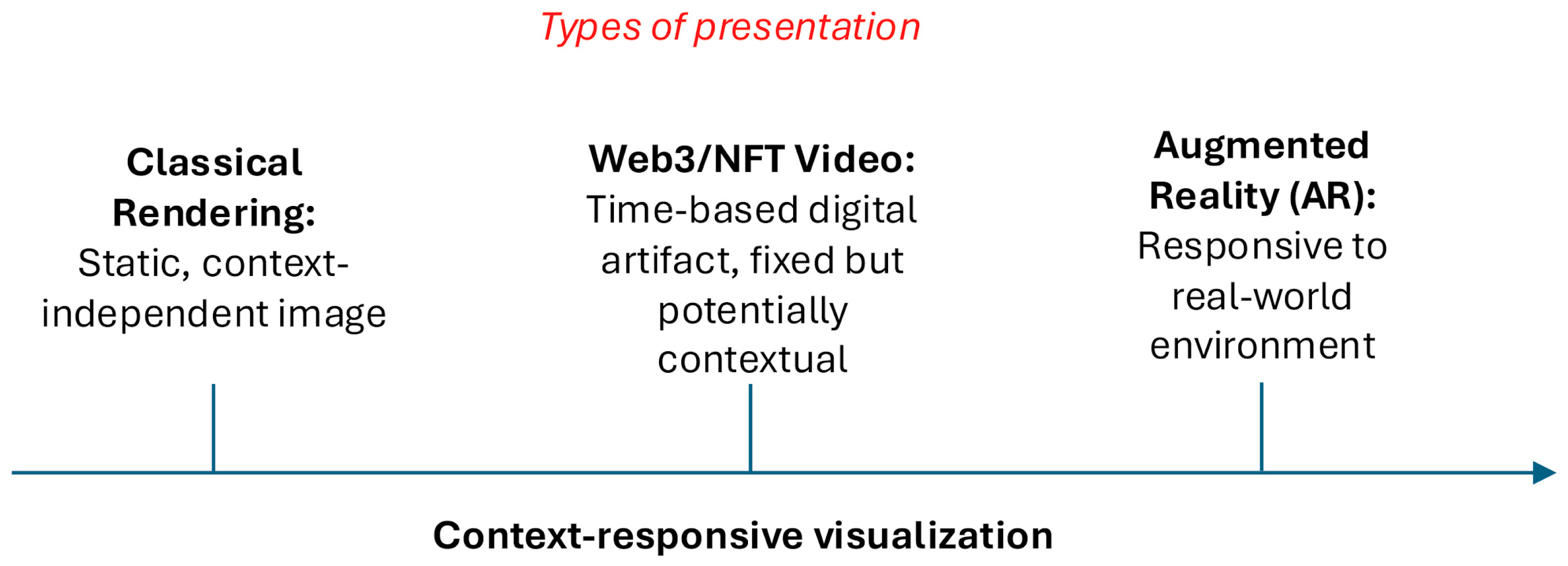

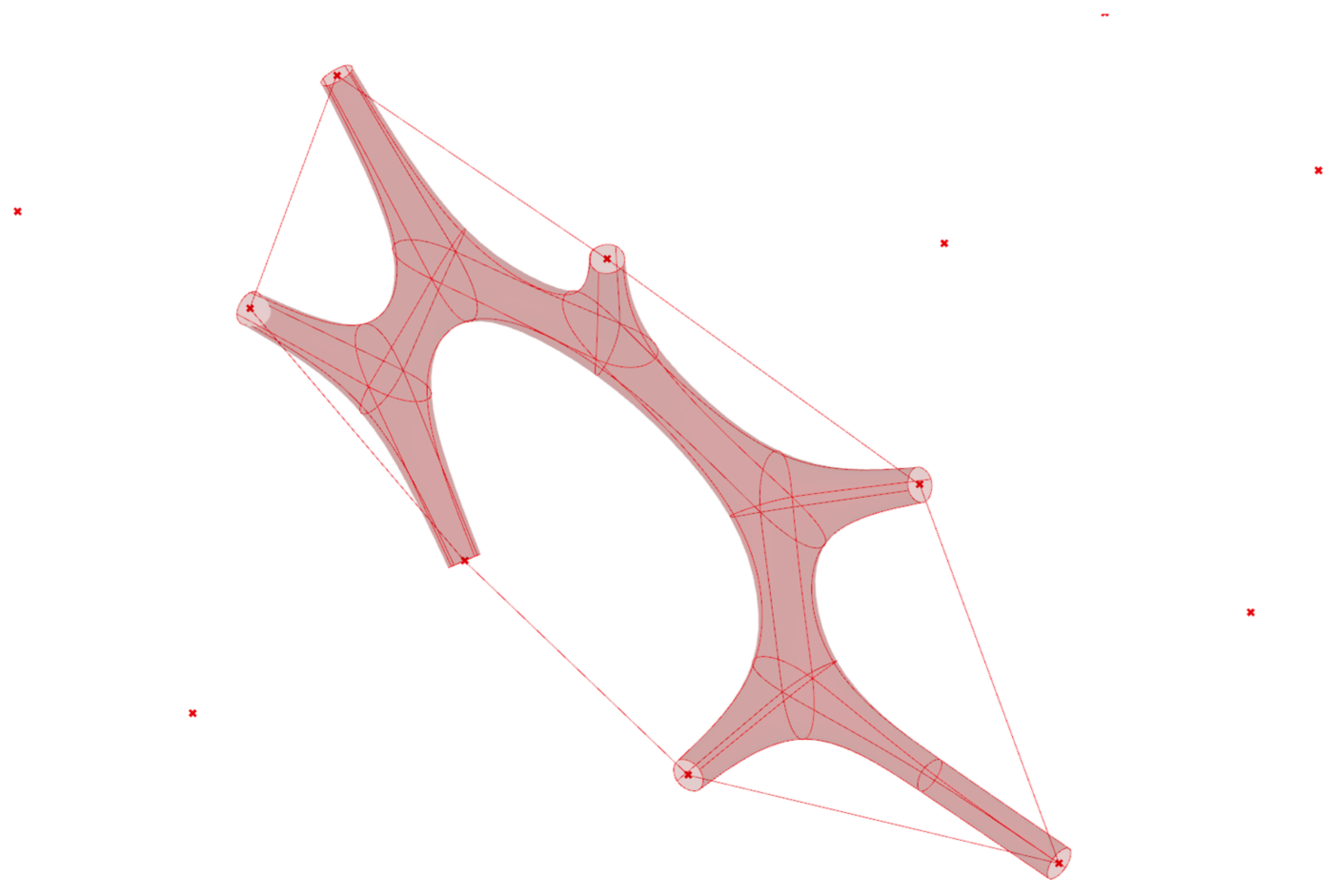
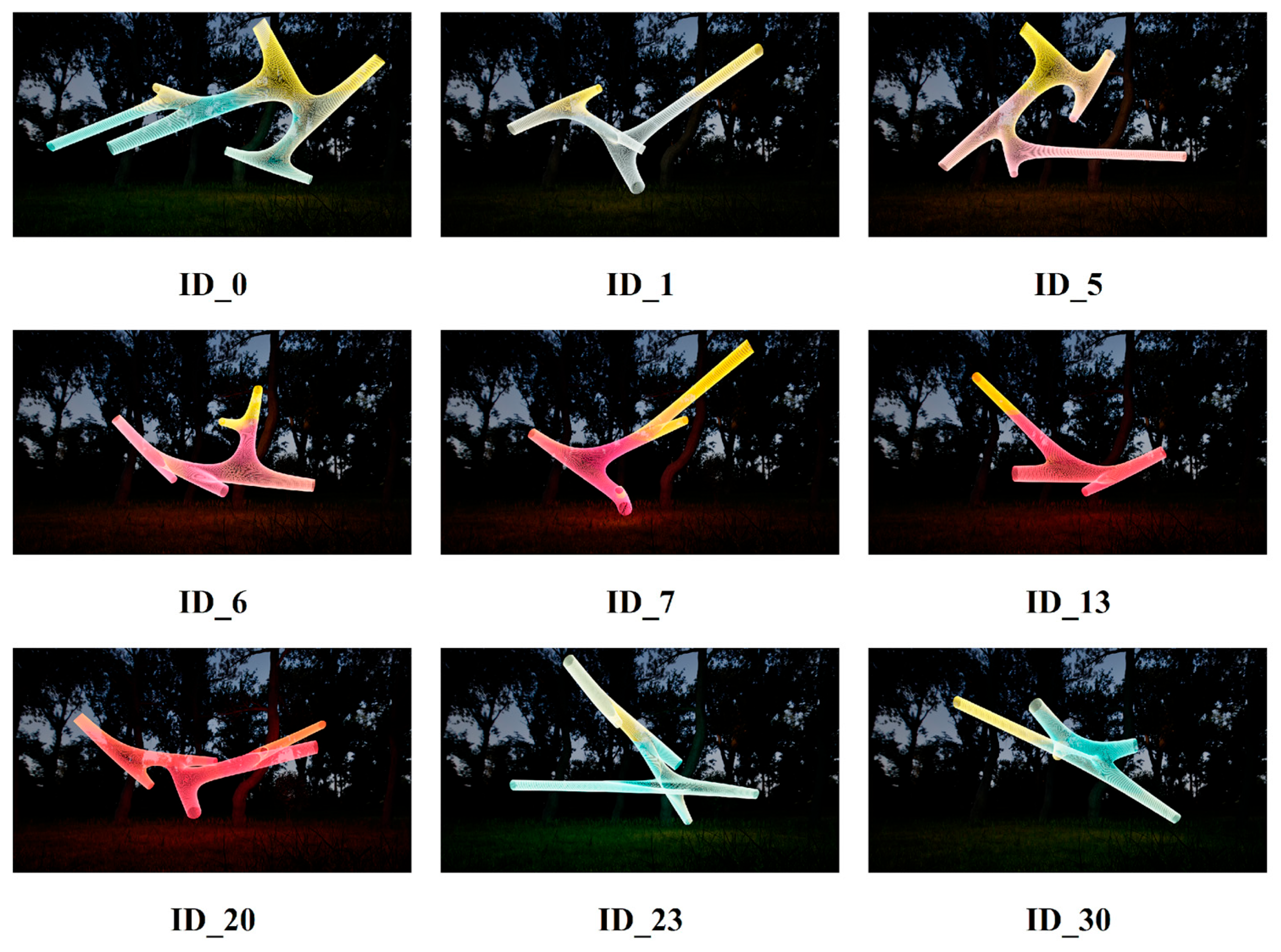
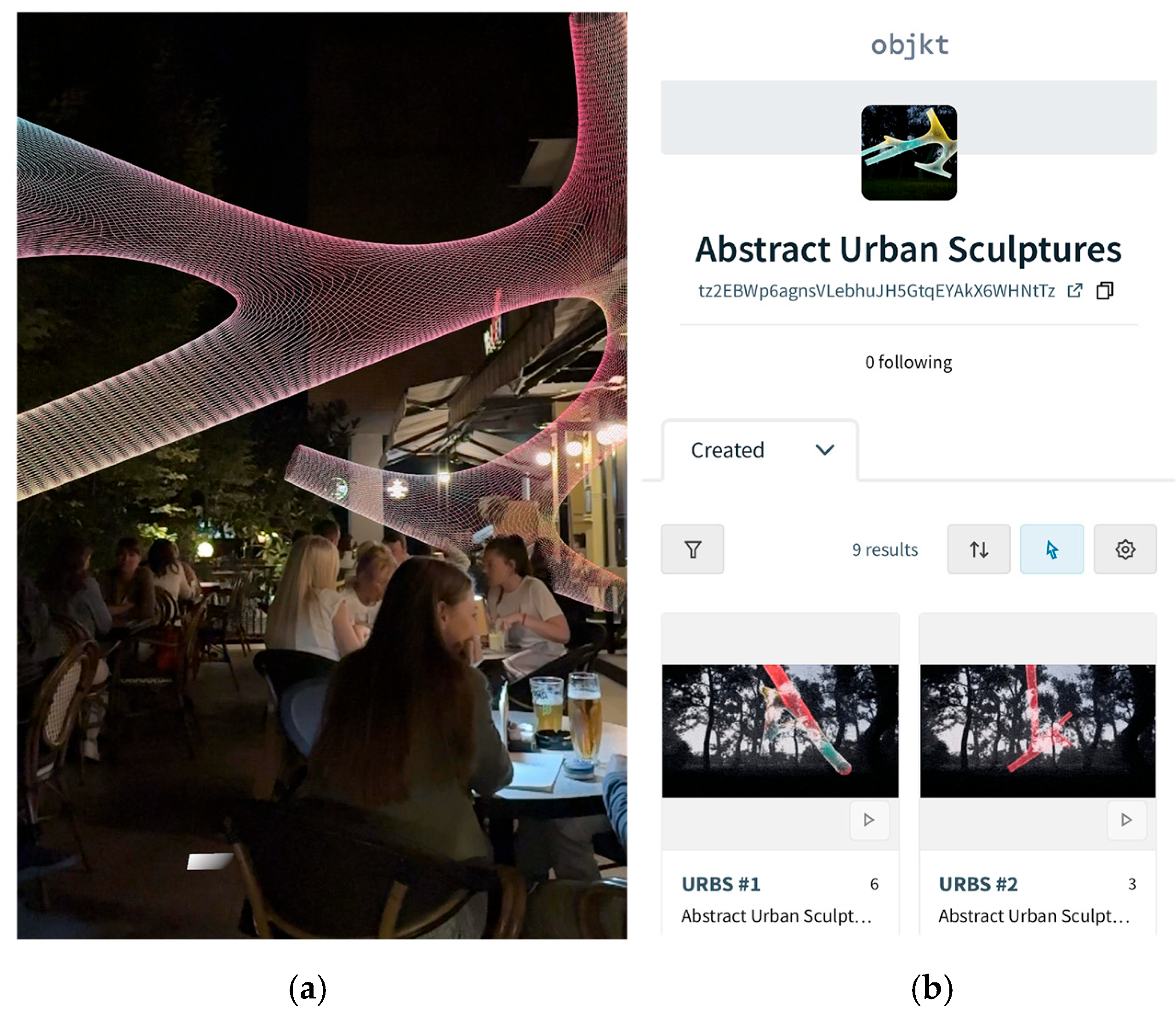
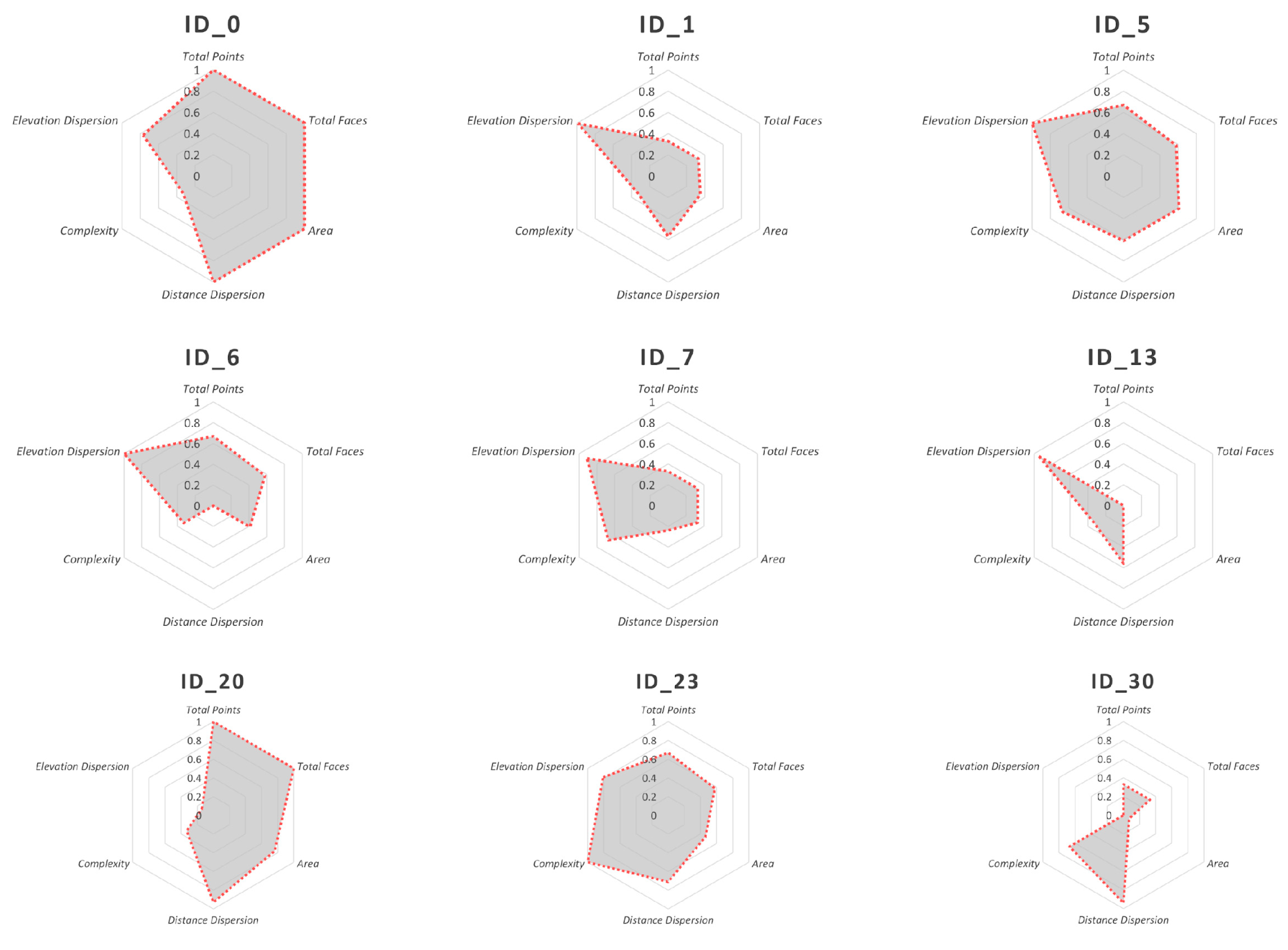

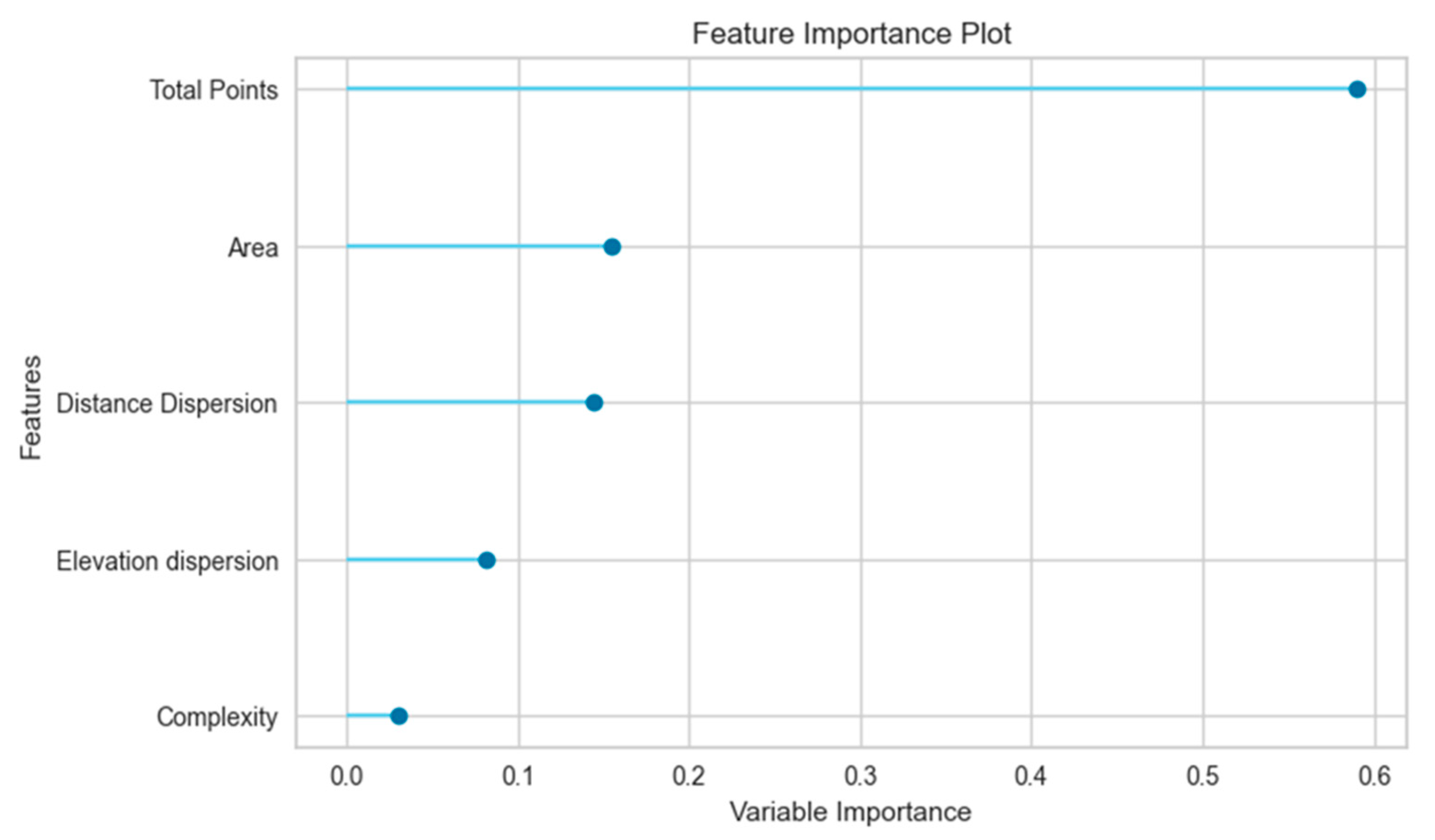
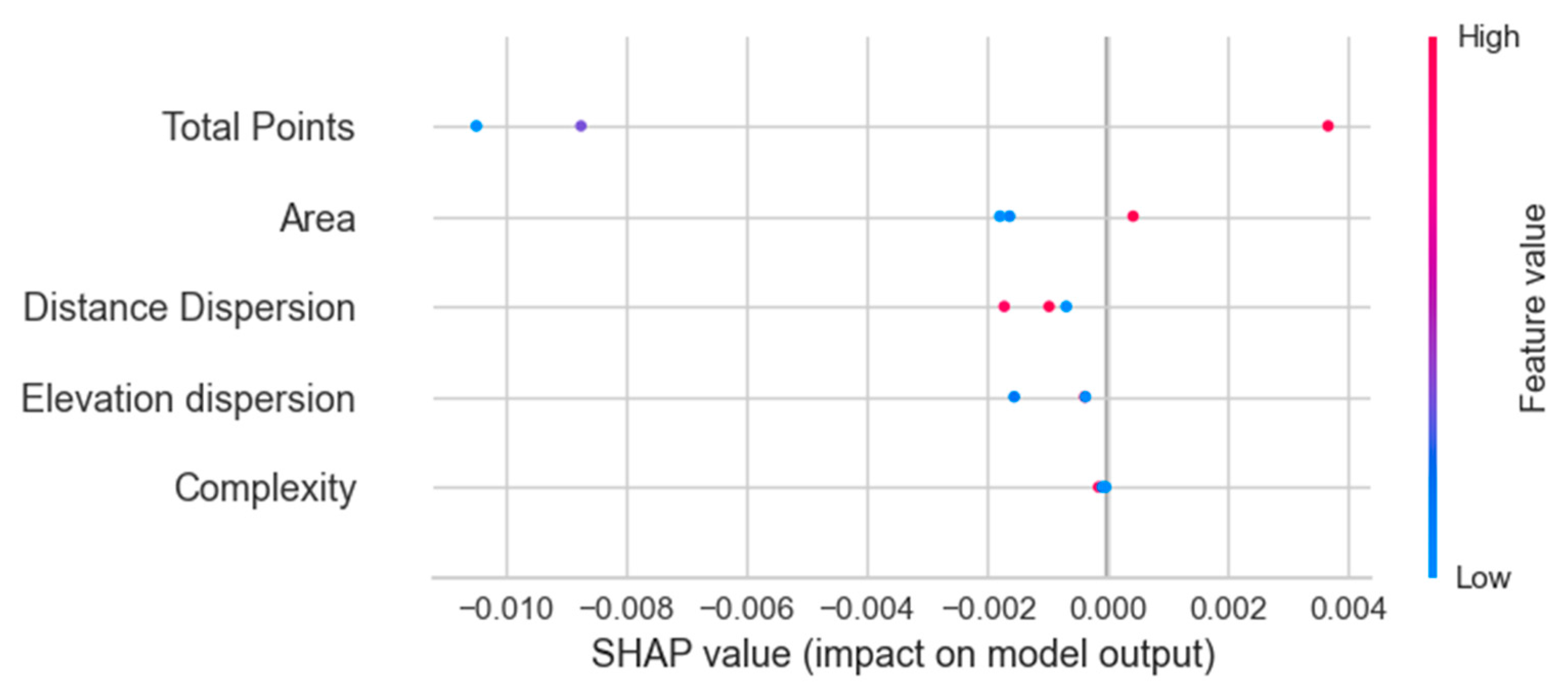
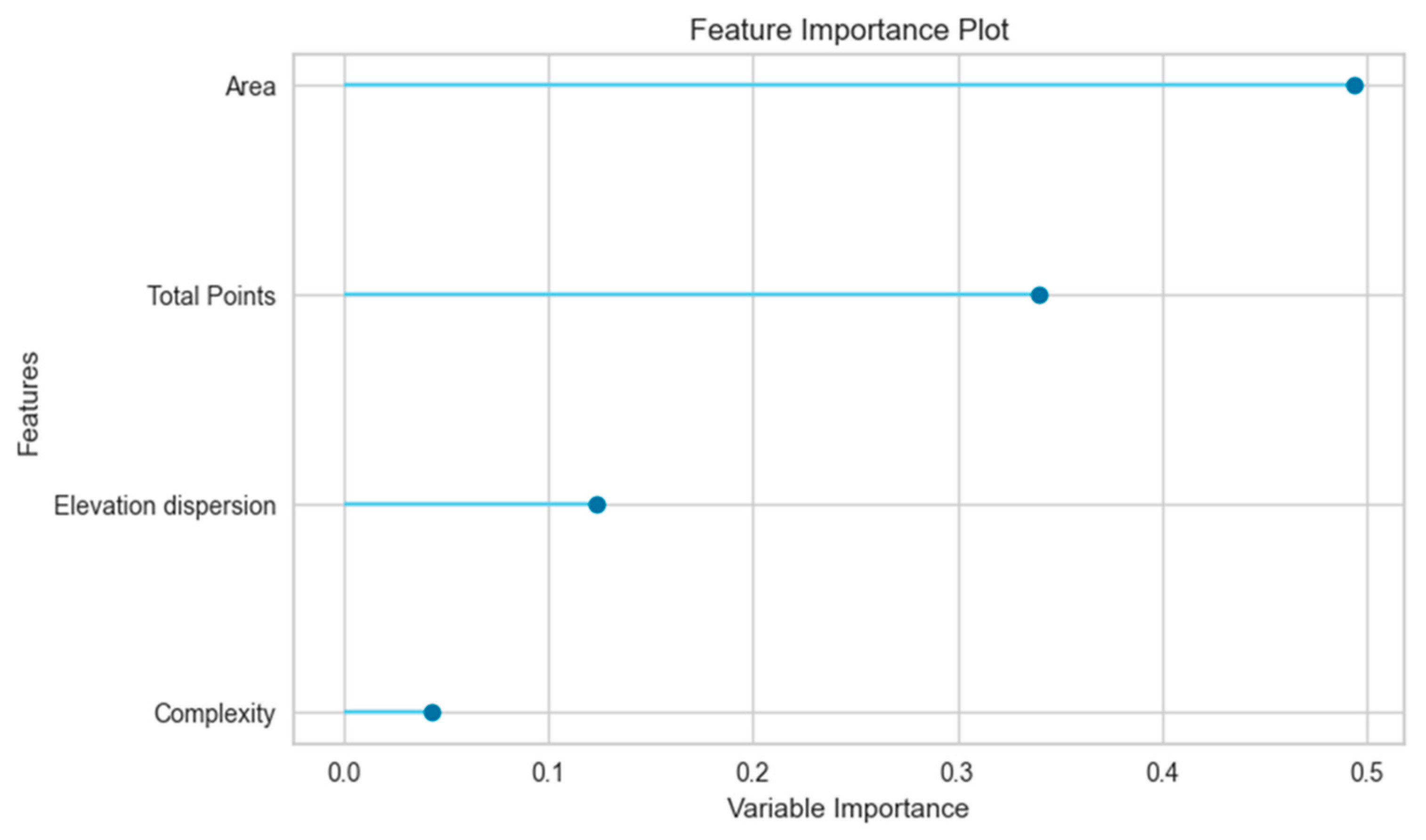
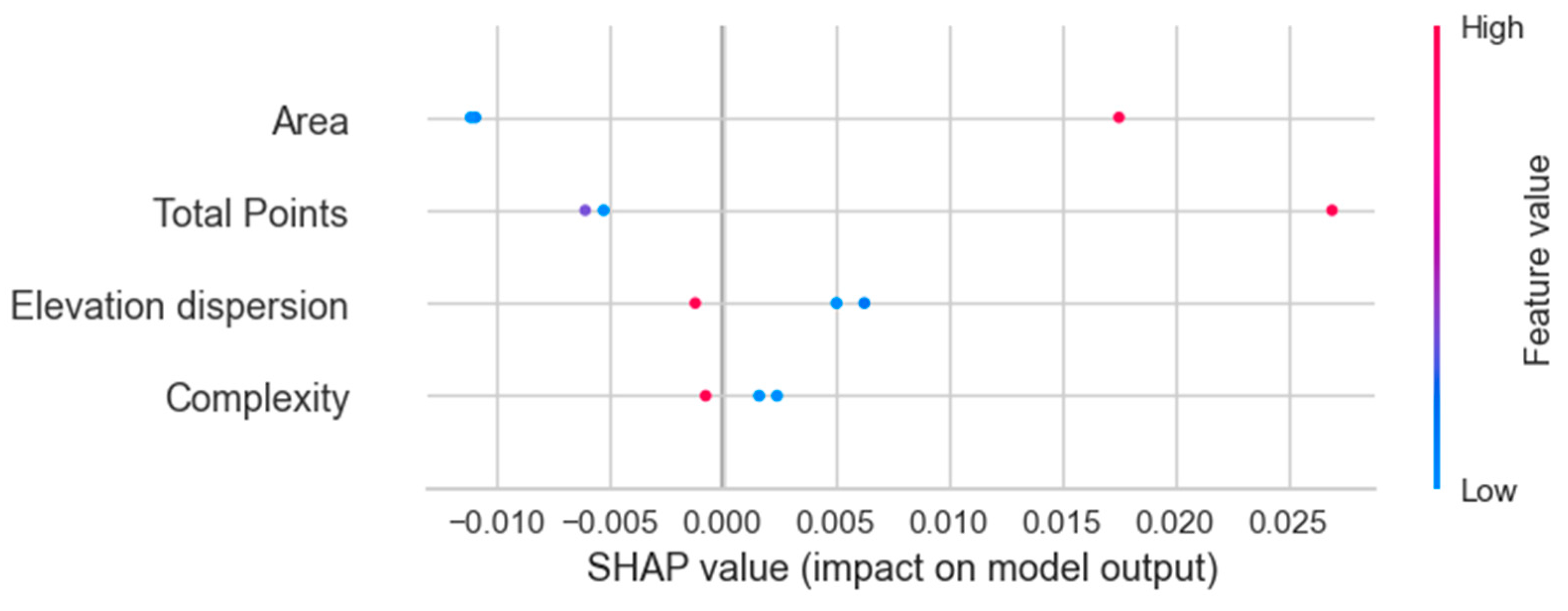
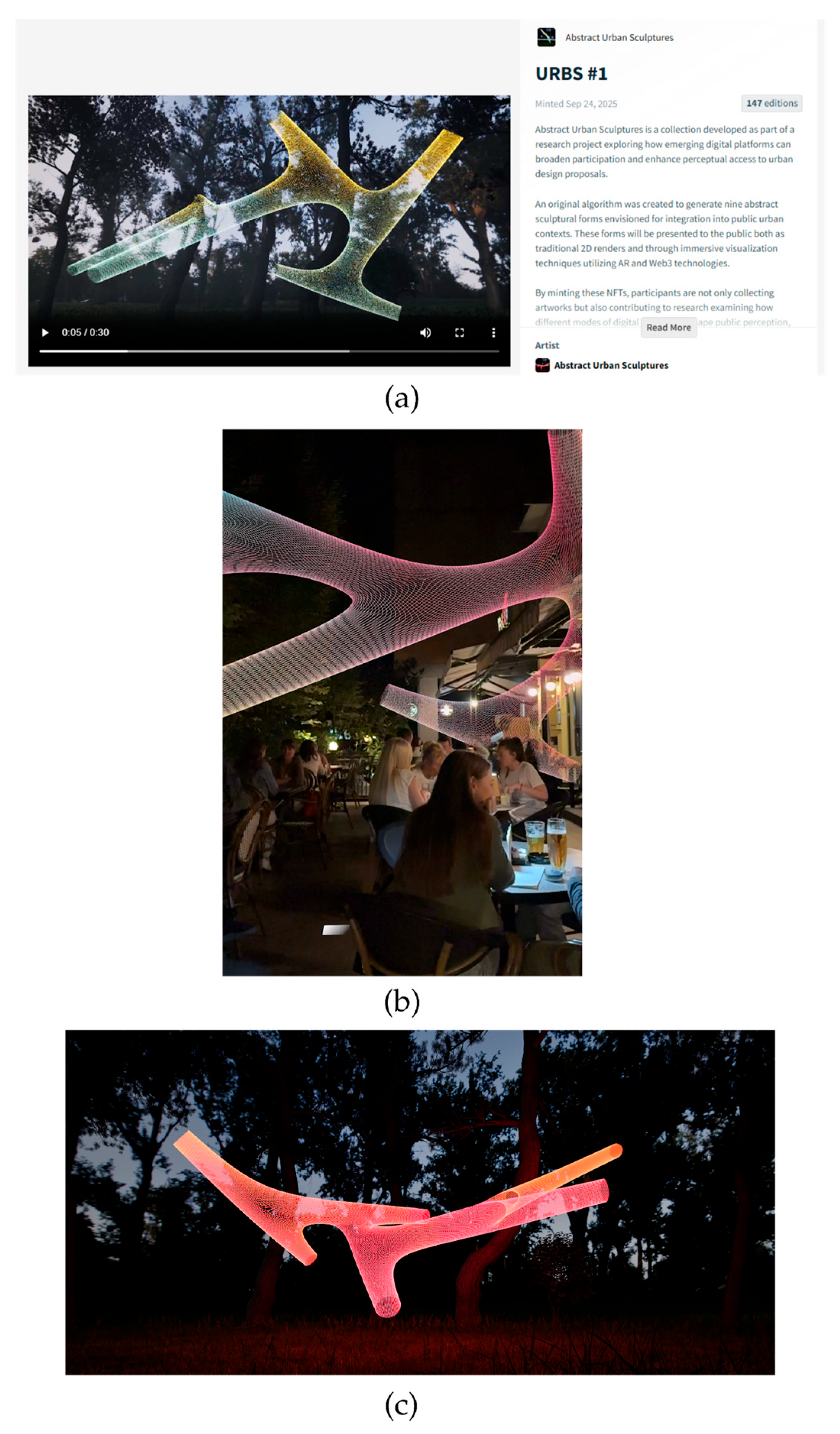

| ID | “Yes” Votes Render | “Yes” Votes Augmented Reality | “Yes” Votes NFT |
|---|---|---|---|
| 0 | 33 | 32 | 147 |
| 1 | 29 | 11 | 79 |
| 5 | 35 | 11 | 92 |
| 6 | 38 | 26 | 74 |
| 7 | 29 | 17 | 72 |
| 13 | 35 | 10 | 70 |
| 20 | 45 | 19 | 71 |
| 23 | 34 | 15 | 70 |
| 30 | 21 | 23 | 77 |
Disclaimer/Publisher’s Note: The statements, opinions and data contained in all publications are solely those of the individual author(s) and contributor(s) and not of MDPI and/or the editor(s). MDPI and/or the editor(s) disclaim responsibility for any injury to people or property resulting from any ideas, methods, instructions or products referred to in the content. |
© 2025 by the authors. Licensee MDPI, Basel, Switzerland. This article is an open access article distributed under the terms and conditions of the Creative Commons Attribution (CC BY) license (https://creativecommons.org/licenses/by/4.0/).
Share and Cite
Ecet, D.; Segedinac, G.; Grgić, S.; Đurić, I.; Medić, S.; Jeličić, Z.D.; Rapaić, M.; Atanacković Jeličić, J. Mediating Perception and Participation: Abstract Urban Sculptures in Augmented Reality (AR) and Web3 Environments for Socially Sustainable Design. Sustainability 2025, 17, 10512. https://doi.org/10.3390/su172310512
Ecet D, Segedinac G, Grgić S, Đurić I, Medić S, Jeličić ZD, Rapaić M, Atanacković Jeličić J. Mediating Perception and Participation: Abstract Urban Sculptures in Augmented Reality (AR) and Web3 Environments for Socially Sustainable Design. Sustainability. 2025; 17(23):10512. https://doi.org/10.3390/su172310512
Chicago/Turabian StyleEcet, Dejan, Goran Segedinac, Stanislav Grgić, Isidora Đurić, Saša Medić, Zoran D. Jeličić, Milan Rapaić, and Jelena Atanacković Jeličić. 2025. "Mediating Perception and Participation: Abstract Urban Sculptures in Augmented Reality (AR) and Web3 Environments for Socially Sustainable Design" Sustainability 17, no. 23: 10512. https://doi.org/10.3390/su172310512
APA StyleEcet, D., Segedinac, G., Grgić, S., Đurić, I., Medić, S., Jeličić, Z. D., Rapaić, M., & Atanacković Jeličić, J. (2025). Mediating Perception and Participation: Abstract Urban Sculptures in Augmented Reality (AR) and Web3 Environments for Socially Sustainable Design. Sustainability, 17(23), 10512. https://doi.org/10.3390/su172310512







